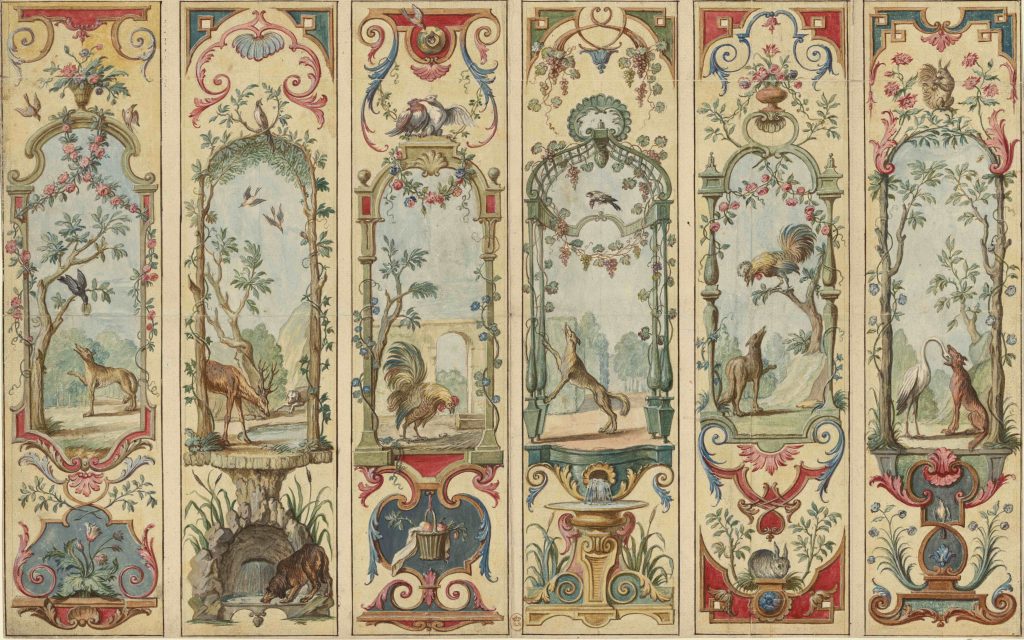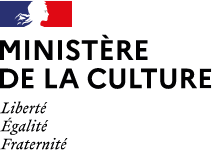Accueil — 2022 edition — Spring college of Art History
Since prehistoric times, the animal has provided the arts with both some of the figures represented but also the very materials of these productions. Used as a model, object of study, tool, support and medium, the animal occupies a place that should be reassessed. It fascinates art and artists beyond its mere presence and demonstrates the importance of the link that unites it to man, of which it becomes a symbolic equivalent in many cultures. A recurring and permanent figure in art, a discreet alter ego, he contributes to revealing humanity, its feelings, its behaviors, its characteristics.
The animal has always been present in the school of the Republic which takes advantage of this powerful relationship between animality and humanity in the service of learning, following the example of the fables of La Fontaine or the carnival of the animals of Saint-Saëns, studied from recurrently in the classroom. The Spring University of Art History will





